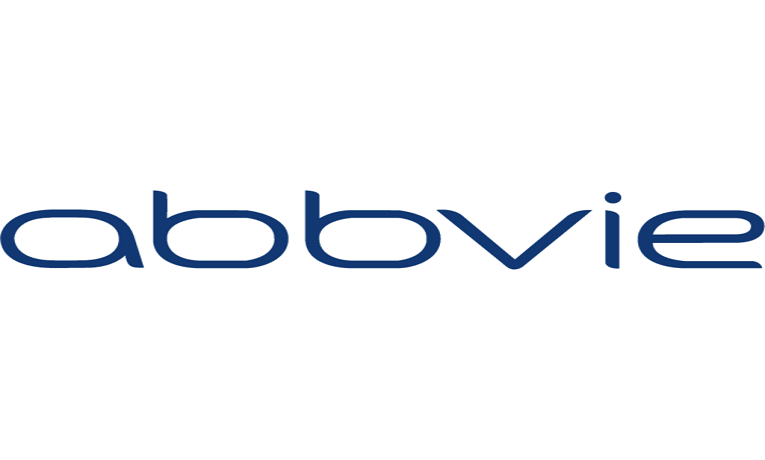Abbvie issued the following announcement on June 15.
AbbVie (NYSE: ABBV), a research-based global biopharmaceutical company, today announced the presentation of investigational data from a new analysis of undetectable minimal residual disease (uMRD) rates from the pivotal Phase 3 MURANO trial of venetoclax, a first-in-class oral B-cell lymphoma-2 (BCL-2) inhibitor, in combination with rituximab (VenR) in patients with relapsed or refractory (R/R) chronic lymphocytic leukemia (CLL). Of the 121 patients who achieved uMRD (meaning less than one CLL cell in 10,000 white blood cells were detectable using a standardized test2) at the end of combination therapy (EOCT), 83 percent (n=100) maintained uMRD and were progression-free for a median of 13.8 months (range, 5.6-23.0 months) thereafter. These results will be presented in an oral session on Saturday, June 16, at 11:45 a.m. CEST during the 23rd European Hematology Association (EHA) Annual Congress in Stockholm. Venetoclax is being developed by AbbVie and Roche. It is jointly commercialized by AbbVie and Genentech, a member of the Roche Group, in the U.S. and by AbbVie outside of the U.S.
CLL is a slow-growing form of leukemia, or blood cancer, in which too many immature lymphocytes (type of white blood cells) are found predominantly in the blood and bone marrow.3 Undetectable minimal residual disease is an objective measure defined by the presence of less than one CLL cell in 10,000 white blood cells remaining in the blood or bone marrow following treatment. Prospective clinical trials have suggested that achieving undetectable minimal residual disease, also known as MRD negativity (MRD-), may have a prognostic impact on response duration and survival outcomes.
"In this analysis of MRD data in patients with chronic lymphocytic leukemia given venetoclax in combination with rituximab, high and durable undetectable MRD rates were achieved in peripheral blood at the end of combination treatment assessment regardless of the risk features," said Peter Hillmen, Ph.D., Professor of Experimental Hematology, Leeds Teaching Hospital in the UK, and lead investigator of the MURANO study. "These undetectable MRD results, along with data regarding the nearly 14-month progression-free findings in patients who maintained undetectable MRD, are an encouraging finding from the MURANO study."
"The venetoclax data being presented at EHA adds to the growing body of evidence that supports a correlation between undetectable minimal residual disease (MRD) and improved clinical outcomes for patients with chronic lymphocytic leukemia," said Neil Gallagher, M.D., Ph.D., Head of Global Oncology Development, AbbVie. "We continue to investigate the correlation between undetectable MRD and clinical outcomes following treatment with venetoclax alone, or in novel combinations, for the potential treatment of patients with chronic lymphocytic leukemia and other blood cancers."
Design and Results of the Phase 3 Study
The international, multicenter, open-label, randomized Phase 3 MURANO study included a total of 389 patients with R/R CLL who had received at least one prior therapy. The study was designed to evaluate the efficacy (primary endpoint of investigator-assessed progression-free survival) and safety of venetoclax in combination with rituximab (194 patients; median age 64.5 years) for up to two years compared with bendamustine in combination with rituximab (195 patients; median age 66.0 years) for six months.
Summary of EHA Presentation
In the analysis, MRD by peripheral blood (PB) samples were serially collected (including EOCT, month 9; and every 12 weeks thereafter for up to three years5) whereas bone marrow (BM) samples were collected at the EOCT or at best response. MRD was analyzed centrally by allele-specific oligonucleotide-PCR and/or flow cytometry.
A high PB/BM MRD concordance was seen with VenR in patients with paired samples (84 percent). Achievement of uMRD was independent of risk factors, including del(17p), IgVH mutation and TP53 mutations. Eighty-three percent of VenR patients who attained uMRD at EOCT maintained this status and were progression-free for a median of 13.8 months (range, 5.6-23.0 months) after EOCT.
Original source can be found here.










 Alerts Sign-up
Alerts Sign-up